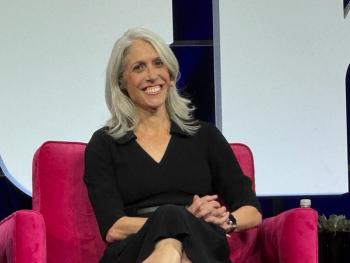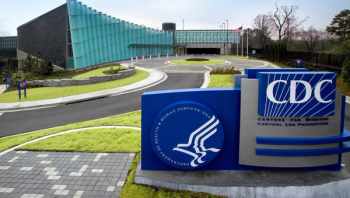
For Rite Aid, so much went wrong
The drugstore chain closed its remaining stores earlier this month. At one point, Rite Aid was one of America’s largest pharmacy chains.
For years, Rite Aid was one of America’s largest drugstore chains and a fixture in the Fortune 500.
Those days are gone.
Rite Aid shuttered its remaining stores earlier this month. Founded more than 60 years ago in Scranton, Pennsylvania, Rite Aid operated about 5,000 stores at its peak.
“We thank our loyal customers for their many years of support,” the company said on its website. The site is essentially dormant, except for links to help patients request records and find a new pharmacy.
The company returned to bankruptcy earlier this year, after seeking bankruptcy protection in 2023. Even two years ago, Rite Aid still operated more than 2,000 stores. By last October, Rite Aid had shrunk to 1,300 stores.
Rite Aid had been faltering for a long time, says David Silverman, senior director at Fitch Ratings.
“Rite Aid, frankly, was a struggling competitor for probably several decades,” Silverman tells Chief Healthcare Executive®.
For years, even as Rite Aid struggled, the company could borrow against its prescription files and its inventory of consumer goods, which were quite valuable, he says.
“Despite the fact that the company was a serial underperformer for many years, it avoided real financial challenges because it had access to liquidity,” Silverman says. “Eventually, in the last year or so, its operational challenges finally caught up with them.”
Other drugstore chains have reduced their store count in recent years. Walgreens said in October 2024 that
Nearly 30% of the nation’s drug stores operating in 2010 had closed by 2021, according to
Drug stores face more competition, including Walmart, Amazon, and direct-to-consumer options.
Silverman notes that Walgreen bought 1,900 stores from Rite Aid in 2017, and closed about a third of those stores.
Rite Aid lagged behind its larger brick-and-mortar rivals, CVS and Walgreens.
“They had strong positions in various markets throughout the U.S., but they did not concentrate in one particular region, and unlike CVS and Walgreens, weren't well represented across the United States,” Silverman says. “And that created additional challenges for them to be included in pharmaceutical networks.”
“Their real estate positioning didn't help them in their quest for inclusion in pharmaceutical networks,” he says.
Rite Aid couldn’t broker partnerships with large companies, he adds.
“If Rite Aid were pitching themselves for inclusion for an employer whose employees lived all across the country, Rite Aid simply couldn't serve those customers,” he says. “It can't serve customers in markets in which it doesn't exist, the way that a Walgreens or a CVS as an example, can cover essentially the whole United States with their store networks.”
Rite Aid, and other traditional pharmacies, also lost a lot of revenue in declining sales in the front of the store. Pharmacy chains used to be able to count on consumers buying a host of items, including toys and even some groceries, while picking up their prescriptions, and that used to be a valuable source of revenue.
Even though drug stores often sold such goods at somewhat higher prices, shoppers picked up those goods because it was convenient. But other retailers are now beating them on convenience.
“Online deliveries can now come within a matter of hours, or certainly the next day or two, and competitors like Walmart and Target are offering in-store pickup of online orders, curbside pickup of online orders,” Silverman says. “So all of a sudden, the convenience or ease of shopping at a Rite Aid or a Walgreens on a relative basis, has somewhat gone away because of that increased competition from lower price players.”
In August, Sycamore Partners, a private equity firm,
“We will see over time what the new ownership will do in terms of course correcting,” Silverman says. “But Walgreens has the same challenges that Rite Aid has, in terms of the profitability issues in the pharmacy, and the market share issues in the front end of the store.”
CVS is better positioned since it owns an insurer, Aetna, and a pharmacy benefit manager, Silverman notes. CVS has also been more active in changing over merchandise and employing different promotional strategies.
Still, Silverman says, “The core challenges of the front end of a drugstore are still present for CVS.”
Independent pharmacies are also going to continue to face considerable headwinds, he says.
“It is a very competitive and challenged market,” he says.








































